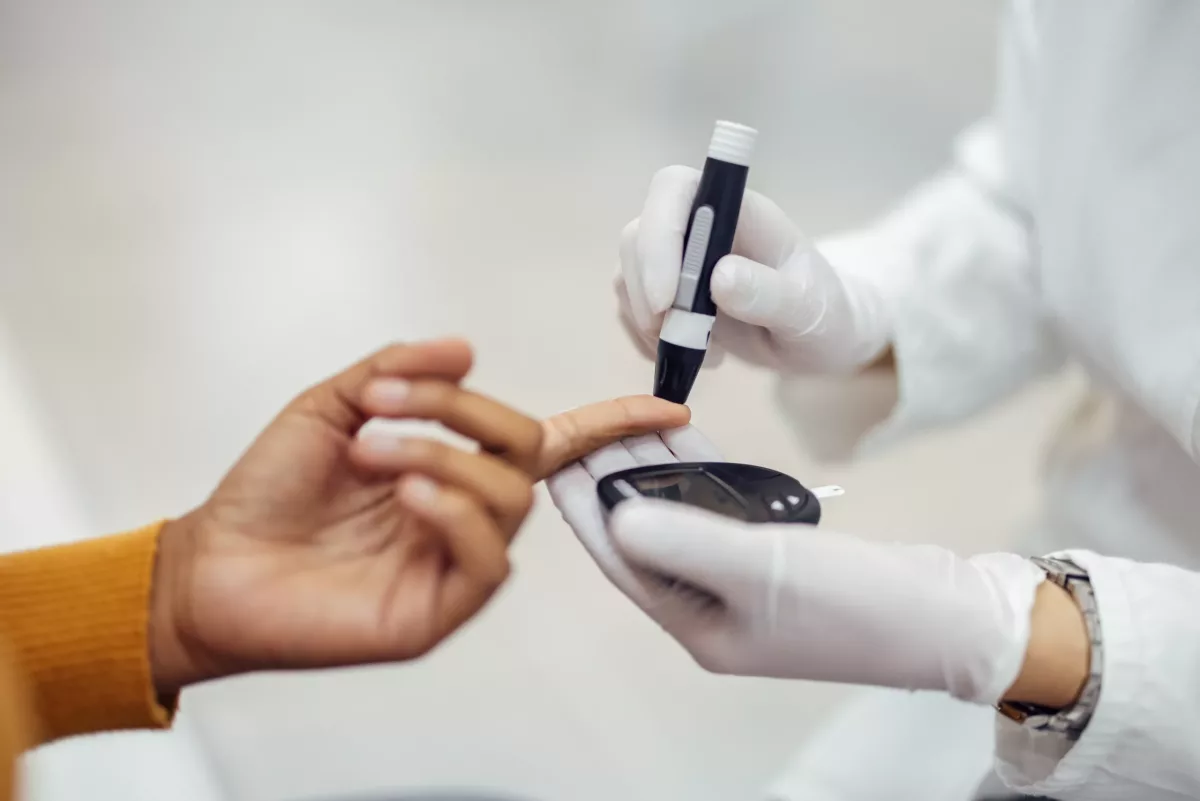This is a rare genetic disease that causes premature aging. It is called Werner syndrome, and the first symptoms are usually noticed around age 13. At this age, people stop growing and may experience the following symptoms. For example, hair loss, early graying, loss of bone density, or atrophy (muscle wasting). However, when the disease progresses, it may cause vision disorders, skin conditions, diabetes, and heart disease.
This condition is sometimes called adult progeria. The first symptoms of this syndrome usually appear when a person reaches puberty. When it happens, you will begin to develop health conditions often linked with older age. Furthermore, more than 50% of people with Werner syndrome develop life-threatening complications of aging, usually from 40 to 50 years old.
Symptoms
Commonly, the symptoms of this genetic disorder appear during the teen years or early adulthood. Check below some of them:
- Hair color changes (such as gray) or hair loss, including eyelashes and eyebrows
- Loss of subcutaneous adipose tissue (this is a layer of fat located right under the skin)
- Atrophy (muscle wasting)
- Hoarseness or high-pitched voice
- Hyperpigmentation or hypopigmentation
- Redness (often caused by widened blood vessels)
- Changes in facial expression
- Hard or smooth skin patches that are similar to people with scleroderma
- Premature tooth decay
It is important to understand that people with this syndrome do not just look older, they age faster that compared to a person without this genetic disorder. It also means that people with Werner syndrome may develop certain health conditions often associated with an older age. Check below some examples:
- Open skin sores (ulcers)
- Hypogonadism (a condition in which the ovaries and testicles do not work properly)
- Type 2 diabetes (roughly 70% of people with this syndrome develop this condition by age 35)
- Osteoporosis (brittle bones)
- Cataracts
- Atherosclerosis
- Angina (chest pain)
- Macular degeneration
- Heart diseases (such as myocardial infarction, heart failure, and others)
Werner syndrome significantly increases the risk of developing certain cancers. For example:
- Thyroid cancer
- Melanoma
- Osteosarcoma
- Soft tissue sarcoma
Causes
This is a genetic disorder that happens when certain genes develop mutations (changes). As a result, they do not work as they should, which causes multiple health problems. However, Werner syndrome is diagnosed when a person has two WRN mutated genes. In most cases, people get these abnormal genes from both biological parents during pregnancy.
How Can I Prevent Werner Syndrome?
Unfortunately, there is no way to prevent this condition because experts do not fully understand what causes gene changes that lead to Werner syndrome. However, it is recommended to perform genetic tests for both partners to check for the abnormal gene. If both biological parents have this mutated gene, doctors may recommend preimplantation genetic testing (PGT) combined with in vitro fertilization (IVF). This procedure involves testing of the embryos before implantation, which significantly decreases the risk of passing the abnormal gene to the children.
Diagnosis
Physicians usually perform a physical examination to check for specific criteria of the Werner syndrome. They may also ask some questions about the symptoms and family history. The following tests are often done to confirm the disease and rule out other conditions that cause similar symptoms. For example:
- Genetic tests – This test involves a blood sample that is tested in the laboratory to check for the abnormal genes that cause Werner syndrome.
- X-rays – This is an imaging test used to look for bone changes or tumors.
While it is possible to diagnose this condition as early as age 15, most people are diagnosed in their 30s or 40s. Usually, it is challenging to diagnose this condition because it may take time to develop specific characteristics of Werner syndrome.
Treatment
The treatment is often different for people with this syndrome because it depends on several factors. For example, your age, other existing health problems, the severity of the condition, and your preferences. It also involves multiple healthcare specialists, including endocrinologists, ophthalmologists, orthopedists, and others. Check below some treatment options usually recommended by doctors for people with Werner syndrome:
- Diabetes medicines to control blood sugar levels
- Contact lenses or eyeglasses to correct vision in people who have problems
- Heart medications that help manage atherosclerosis and decrease the risk of life-threatening complications
- Surgery for people who develop tumors
Frequently Asked Questions
What conditions have similar symptoms to Werner syndrome?
There are some health conditions that may also cause short stature and premature aging. Check some examples below:
- De Barsy syndrome
- Gottron syndrome
- Hutchinson-Gilford syndrome
- Mulvihill-Smith syndrome
- Rothmund-Thomson syndrome
- Storm syndrome
Who discovered Werner syndrome?
The first time this condition was diagnosed by Otto Werner in the early 1900s and the first symptoms were cataracts and shiny and hardened patches of skin in young people.
How common is Werner Syndrome?
In general, this is a rare genetic disorder. For example, since experts first reported the disease in 1904, roughly 800 cases have been reported. In the U.S., healthcare providers estimate that 1 person out of 200,000 has Werner syndrome. However, worldwide, only 1 in 1 million people develop this syndrome.
Werner syndrome happens frequently in Japan and Sardinia (a part of Italy). It often happens in 1 in 30,000 to 1 in 50,000 people.




